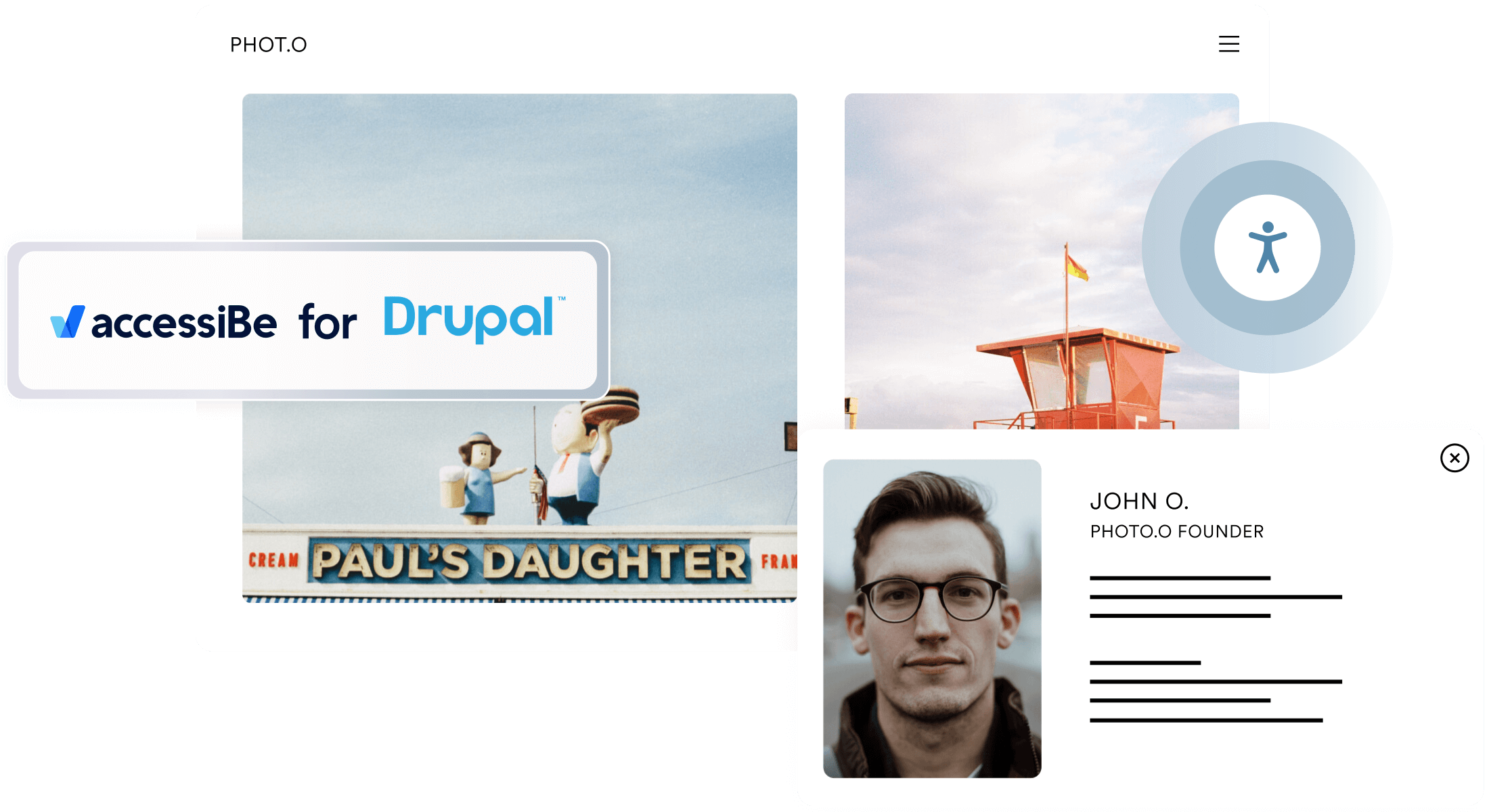Drupal is a free, open-source CMS software built by a dedicated community, and is primarily aimed at enterprise-level websites, blogs, and internet services.
When it comes to accessibility, Drupal has a system in place to help developers and site builders take action. The Drupal accessibility team has provided users with plenty of guides, resources, handbooks, and groups that together can be used to make a website accessible.
Their effort towards an inclusive community can be felt, as stated in their accessibility statement “we are committed to making sure that Drupal is an accessible tool for building websites that can also be accessed by people with disabilities.” They even have an accessibility pledge, which is used by developers to insert on their themes and modules to state that “I pledge to make this [module or theme] as accessible as it can be.”
With that being said, there are still a few things that website owners should know about Drupal’s accessibility efforts. Because Drupal is supported by a community of developers, and while their effort is noted, there are still many accessibility issues that are left unattended. Throughout their accessibility work, they mention that “some updates have been made” or “they have done all they know to ensure that their modules and the content produced by them are accessible”, and many similar admissions.
This points out the fact that Drupal is unable to make a website fully accessible at the moment. Relying on the manual intervention of developers within the community to fill these gaps can be an obstacle because it means waiting for their availability. In addition, web accessibility is a highly complex field and most developers are not experts on the matter. Therefore doing “all they know” is simply not enough for people with disabilities to have full access.
This can be further noticed by the D7AX hashtag, which is on a Drupal theme that marks a developer who actively supports accessibility improvements. These developers are “eager to hear of your experience with their module, especially if you have identified an issue they did not recognize.” This is an excellent example of communication for accessibility adjustments. However, it is still concerning that full accessibility cannot be achieved easily through Drupal themes and without additional intervention to get things right.
This leaves Drupal users who want an accessible website to do a lot of investigating. Yes, there are accessible Drupal themes and modules but it is up to the website owners to double-check to make sure that everything is in place, alert a developer of an issue, ensure that certain adjustments have been made, and so on. Alternatively, you can outsource an accessibility expert to make the necessary changes to your website but keep in mind that this can take up to three months and cost you thousands of dollars. In addition, manual remediation is not automatically maintained, meaning any changes that you make to your website will also need to be manually remediated.



